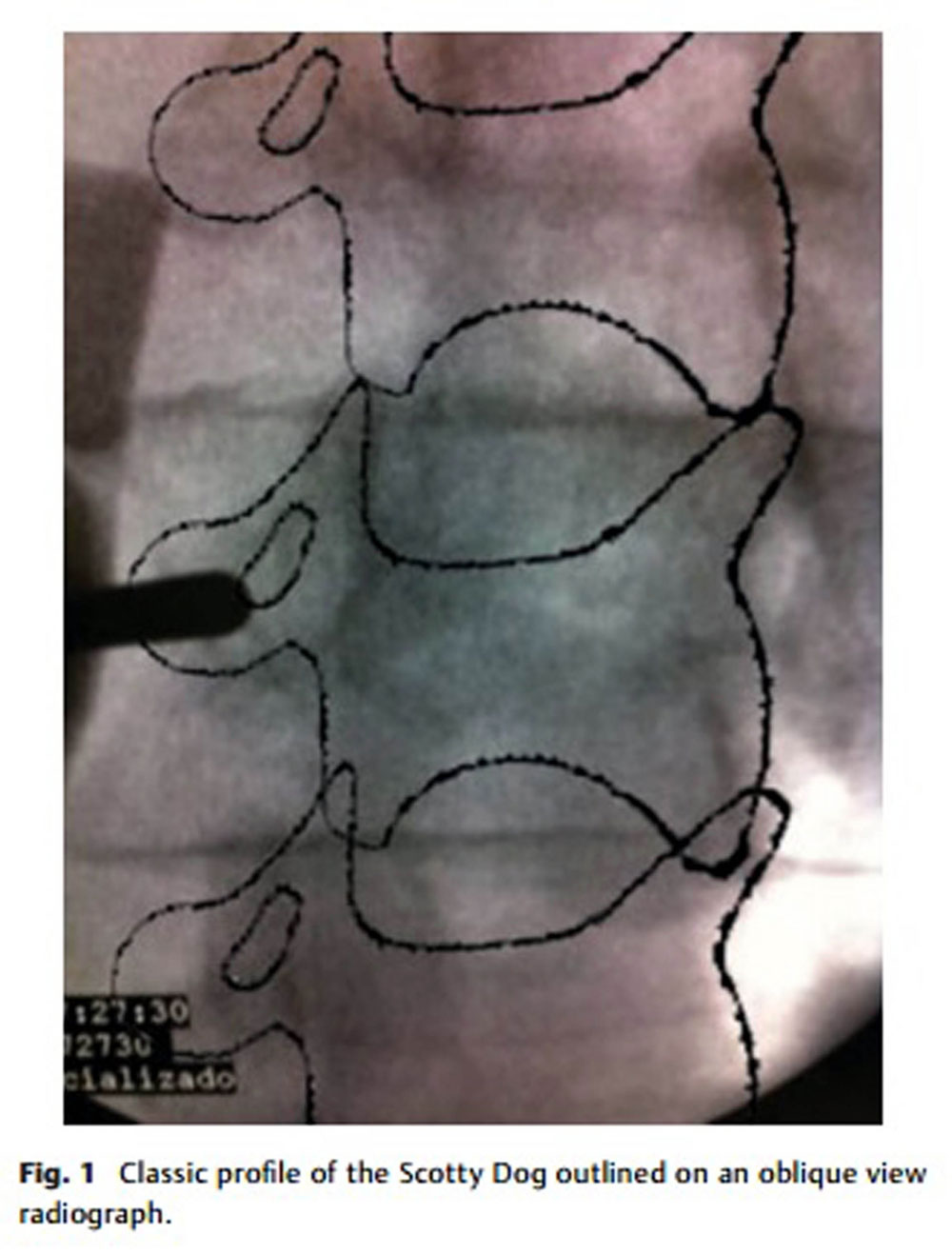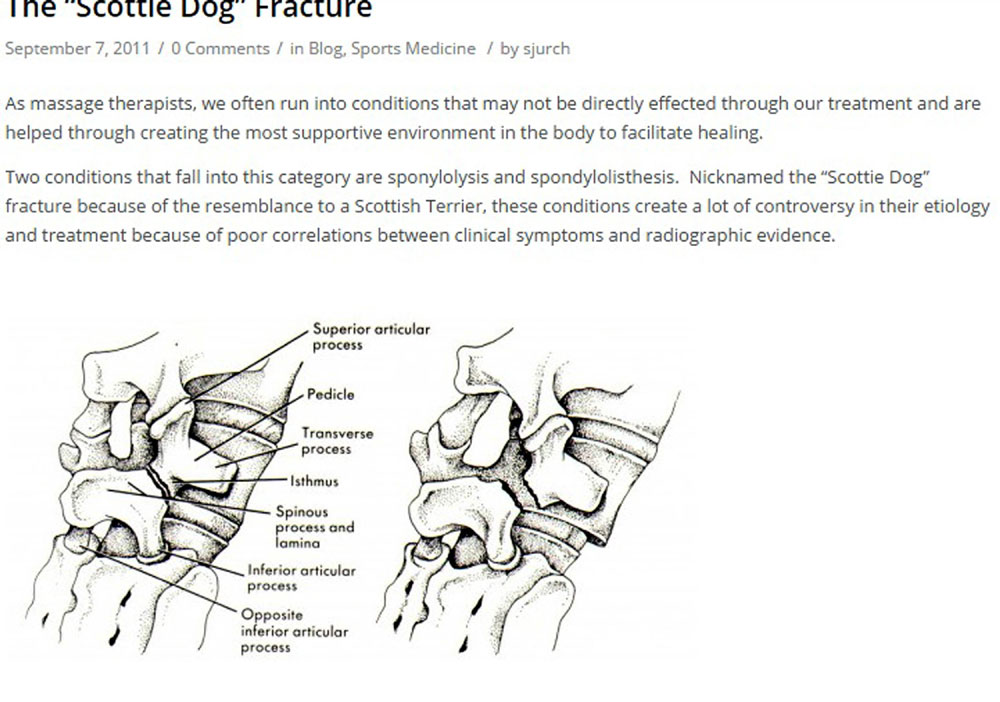THE Scottish Terrier has emerged as an unsung hero of spinal surgery.
The pooch, best known for its playful personality and cute bearded face, has helped treat thousands of people suffering from agonising spine conditions.
A special technique, favoured by some surgeons, uses the classic outline of the Scottie to help pinpoint the precise area where treatment is needed.
It means that seriously invasive procedures, such as open back surgery, can be replaced with less aggressive methods such as simply inserting a screw using a needle.

And now researchers are calling for the practice to be rolled out in operating rooms across the globe.
A recently published paper describes how the image of a Scottie dog can be seen when the lower back is x-rayed at an angle.
The angle results in the pedicle – the bone connecting the front and back of the spine – to be at the centre of the image.
The Scottie dog shape of the bones makes it easy for surgeons to spot whether anything is amiss and act accordingly.
For example, if it appears as if the dog is wearing a collar, that means there is a very likely fracture that needs to be treated.
And if the dog is decapitated that suggests there has been a very serious trauma suffered by the patient.

The Brazil-based researchers studied 42 patients suffering from lower-back pain, and who were all treated using the Scottie dog imaging technique.
Their results record that every single patient was treated without seriously invasive surgery – as the Scottie outline made it easy for surgeons to insert screws into the spine.
All patients recovered well and were discharged within three days of the operation – a timeframe which would have been much longer if they had undergone open back surgery.
Patrick Statham, a consultant neurosurgeon at Spire Edinburgh Hospitals, said that the technique was used as a way of “joining up the dots” during surgery.

He said: “This paper describes the normal ‘Scottie dog’ appearance that is seen when an X ray of the lower back when viewed obliquely… and in doing so allows safe placement of screws into the vertebra.
“Screws into the bony pedicles are used by spine surgeons to secure the spine after fractures, and sometimes when wear and tear has caused the bone to slip on each other.
“The ‘Scottie dog’ shape of the bones has long been used as a way of joining up the dots, when trying to make out whether a vertebra is intact or fractured.”

